10 Extraordinary Musical Instruments From Around The World
Here is a list of instruments from all over the world, ranging from the ornate and lavish to the simple and straightforward.
Contents
1. Ðàn Tre
The Dàn Tre, which converts as “bamboo musical instrument,” is a unique instrument created by Vietnamese refugee Minh Tam Nguyen to give himself a creative outlet in the labor camp where he had been sent. There are only 2 in the world. It is made from recycled materials found around the camp, including a bamboo tube, a 4 liter tin of olive oil that amplifies the sound traveling down the tube, and 23 strings made from within a United States army telephone cable.
2. Tenor cornett
The Tenor cornett, also known as a lizard because of its serpentine shape, was a popular wind instrument from around 1500 to 1650. It’s made out of a wooden pipe with finger holes running down the length of the body, and it’s notoriously difficult to play. The mouthpiece of the instrument is more akin to that of a brass instrument than a typical woodwind, necessitating the use of specialized embouchure (lip and mouth shaping), which can be exhausting if done for an extended period of time. The cornett, which has a range of two and a half octaves, was primarily used to augment the human voice in choirs, particularly countertenor choirs.
3. Mayuri
The esraj, a sitar-like instrument with a bowed stringed neck that is played while kneeling, was popular in nineteenth-century Indian courts. The Mayuri is a peacock-shaped esraj variation; the peacock is a symbol of India and is linked to Saraswati, the Hindu goddess of music. It is made with real peacock feathers and a real peacock bill, not just to look like one of the beautiful birds. It has arched metal frets that can be moved and a parchment belly.
 4. Chime bells
4. Chime bells
During the Qin and Han Dynasties in China, chime bells were a popular instrument. The bells were carefully constructed so that different locations made different sounds when struck and were hung on a frame and placed by size. Each bell produces 2 different tones separated by 3 scales. There are 5 musicians that play the chime bells: 2 stand in front, hitting the low-pitched Yong bells with long wooden sticks, and 3 stand in the back, hitting the alto and high-pitched Yong bells and Niu bells with T-shaped wooden hammers.
 5. Copper serpent
5. Copper serpent
In the late 16th century, the copper serpent, a distant ancestor of the tuba, became fashionable in France. Serpents were traditionally made of wood bound together by leather to accompany Gregorian plainsong (aka chanting), but copper became more popular as it was clearly proven to be a more stable material. Originally, the instrument was held vertically, but after that musicians start to play it horizontally. The serpent has appeared in music before, with Mozart using it in his 1771 opera Ascanio in Alba, Wagner in his opera Rienzi, and Jerry Goldsmith in the Alien score.
6. Russian Bassoon
Although it looks like a classical bassoon, the Russian bassoon is actually a bass horn. It was also not Russian, as it was discovered in France and was used in military bands in Prussia and Russia in the 1800s. The Russian bassoon was based on the serpent’s design, but
because of its vertical length and straight pipe, it was easier to play while marching—or even while horse riding. It features six finger holes, three keys, and a dragon-like bell at the end.
7. Zurna
A zurna is a woodwind instrument used to play folk music that can be found all over central Eurasia, thanks to its ease of construction and the fact that the most essential part is a common reed plant that grows throughout the region. The reed is connected to one end of a conical brass tube, which is then flattened on the other end to form a narrow slit. It’s traditionally made out of the hardwood of fruit trees like plum and apricot, but the music it produces isn’t exactly sweet: it’s known for its loud, sharp tone. Because it plays at a constant volume, it’s not great for emphasizing rhythm, so it’s usually accompanied by a big drum.
8. Haegeum
The haegeum is an ancient Korean instrument made of eight different materials: gold, rock, thread, bamboo, gourd, clay, leather, and wood. The clay is used to coat the inside of the soundbox to enhance the instrument’s resonance and durability. With a fiddle-like neck and 2 silk strings running down to a hollow wooden soundbox at the bottom, the haegeum resembles a fiddle. It’s played with 2 hands: the left creates string tension, while the right controls bowing.
9. Santour
One of the earliest stringed instruments is the santour. Although it has 92 strings, its Persian name originally meant ‘100 strings.’ Because it traveled along trade routes and was copied and adapted by different cultures to suit their musical styles, it is the ancestor of many other related instruments. The father of the harp, the Chinese yangqin, the harpsichord, the qanun, the cimbalom, and the American and European hammered dulcimers, it was originally made with tree bark, stones, and stringed goat intestines.
10. The hun
The hun resembles a vase more than a musical instrument, but it is a larger relative of the ocarina. It’s made of baked clay and has a blowing hole at the top and 5 finger holes across its circumference; it’s held in 2 hands and the notes are played by closing and opening the fingers. It was primarily used in temples in the 12th century, but it has recently regained popularity as a result of some Korean composers’ use of it in film scores
Musical instrument FAQ’s
Which instrument is the most calming?
The most calming instrument is the Harp. Harp music may help you relax if you’re feeling anxious. A University of Arizona study looked into the healing powers of music and discovered that the harp is the most soothing to patients.
What materials are used to make the Mayuri instrument?
In North India, around the 1800-80, painted and lacquered wood, ivory, parchment, and peacock feathers with metal strings were used to create the Mayuri instrument.
What is the purpose of chime bells?
The primary function of a bell chime is to alert to the impending hour strike of a church or town-hall tower clock; this may also play on the half, quarter, and, occasionally, the eighth hour.

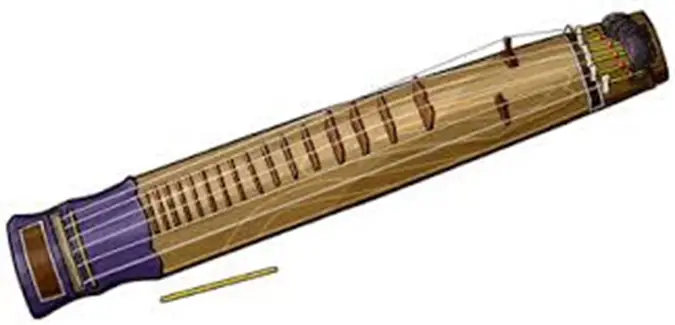
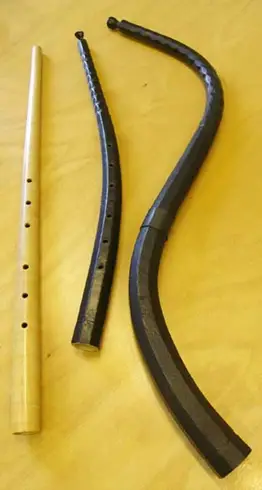
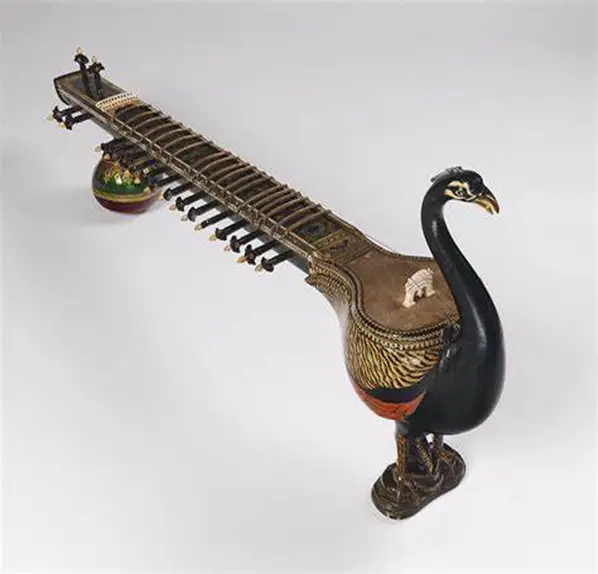
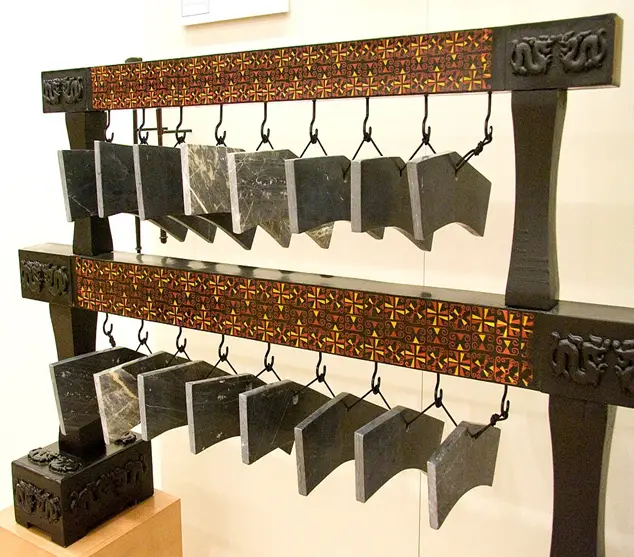 4. Chime bells
4. Chime bells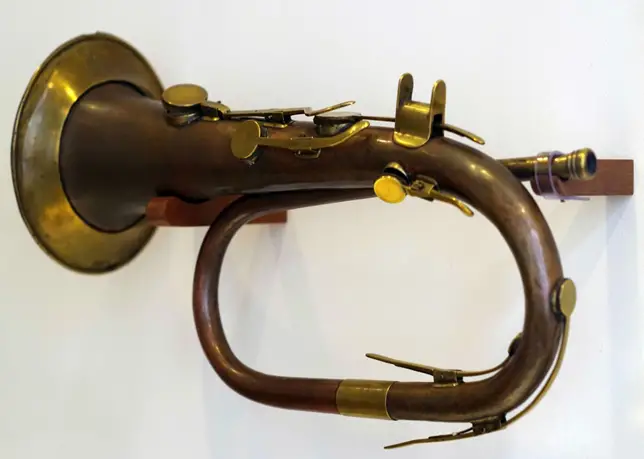 5. Copper serpent
5. Copper serpent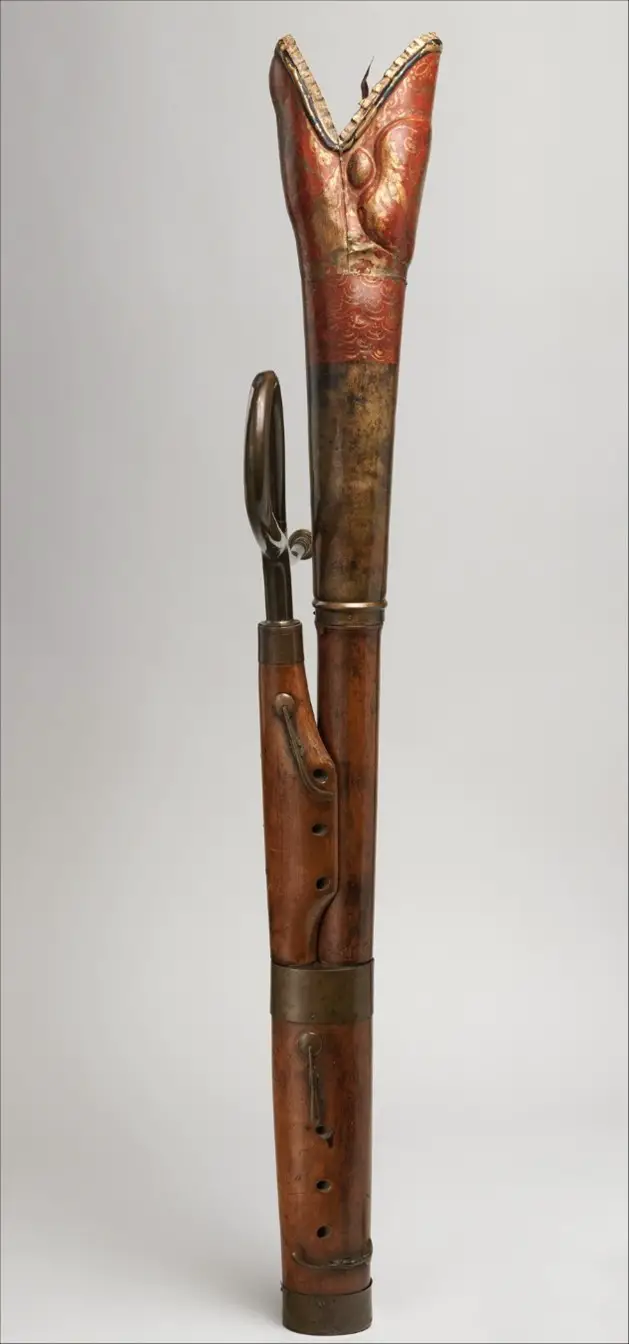
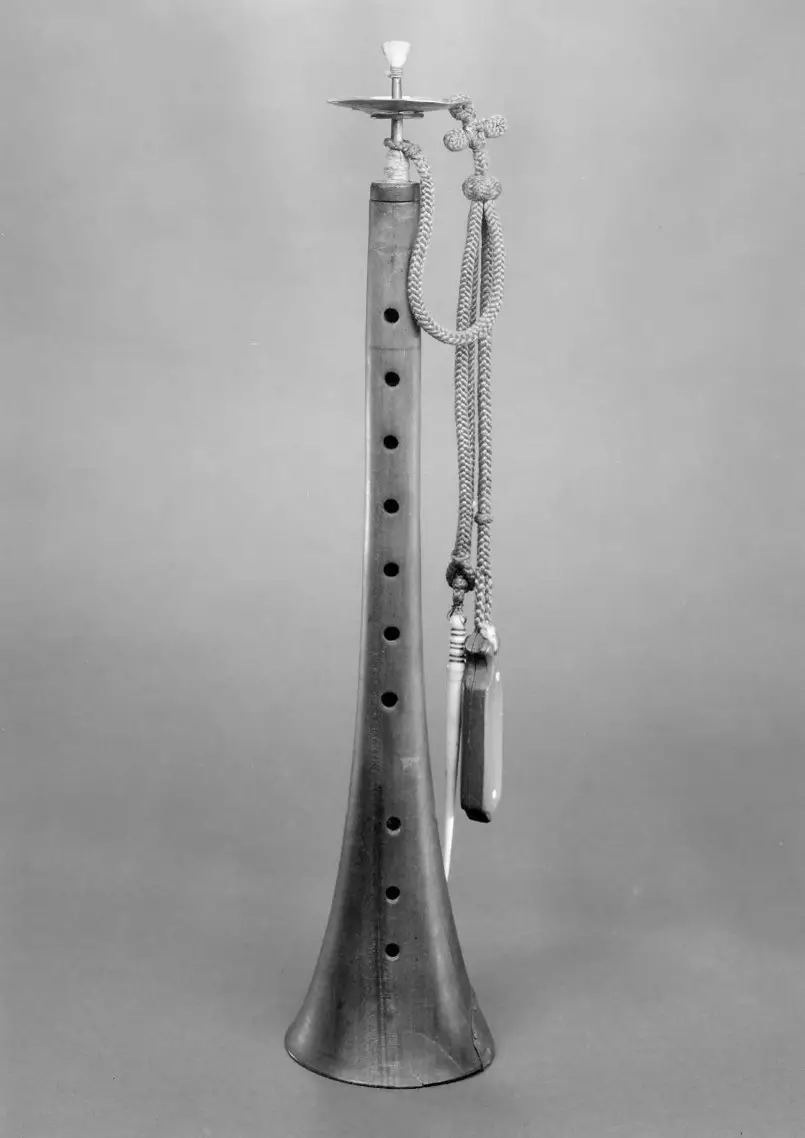
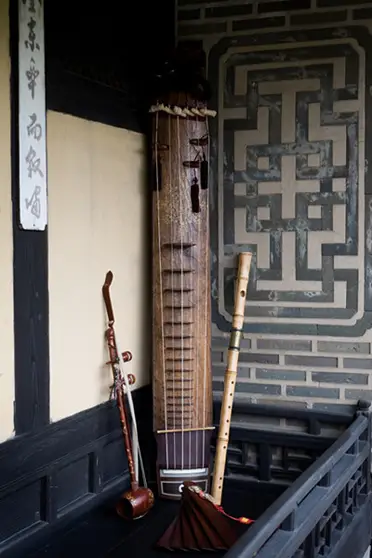
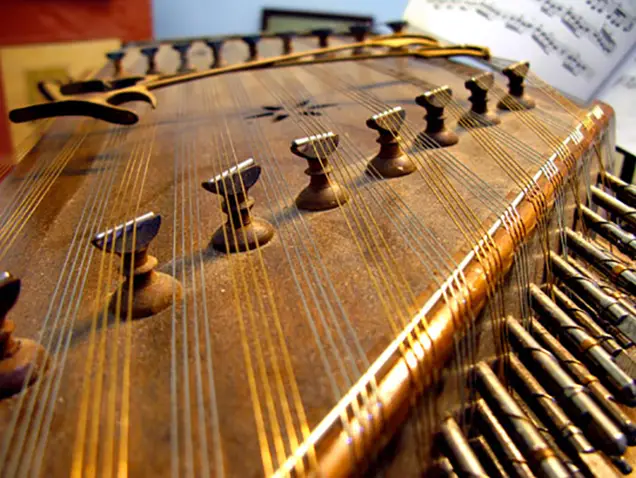
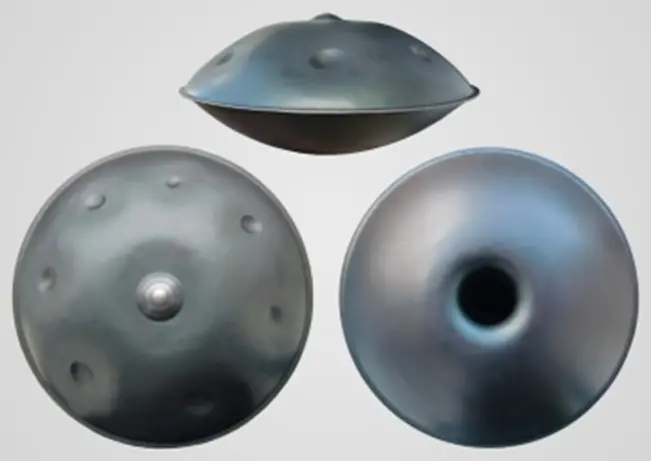
+ There are no comments
Add yours